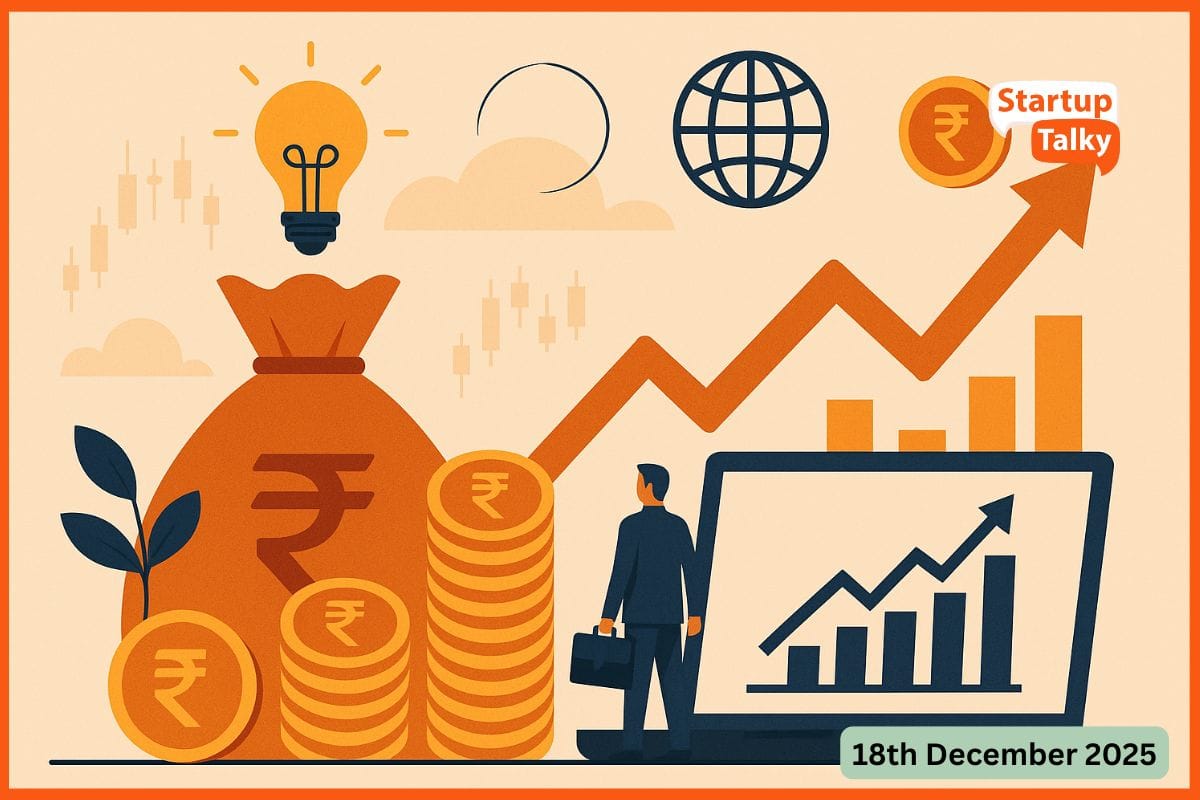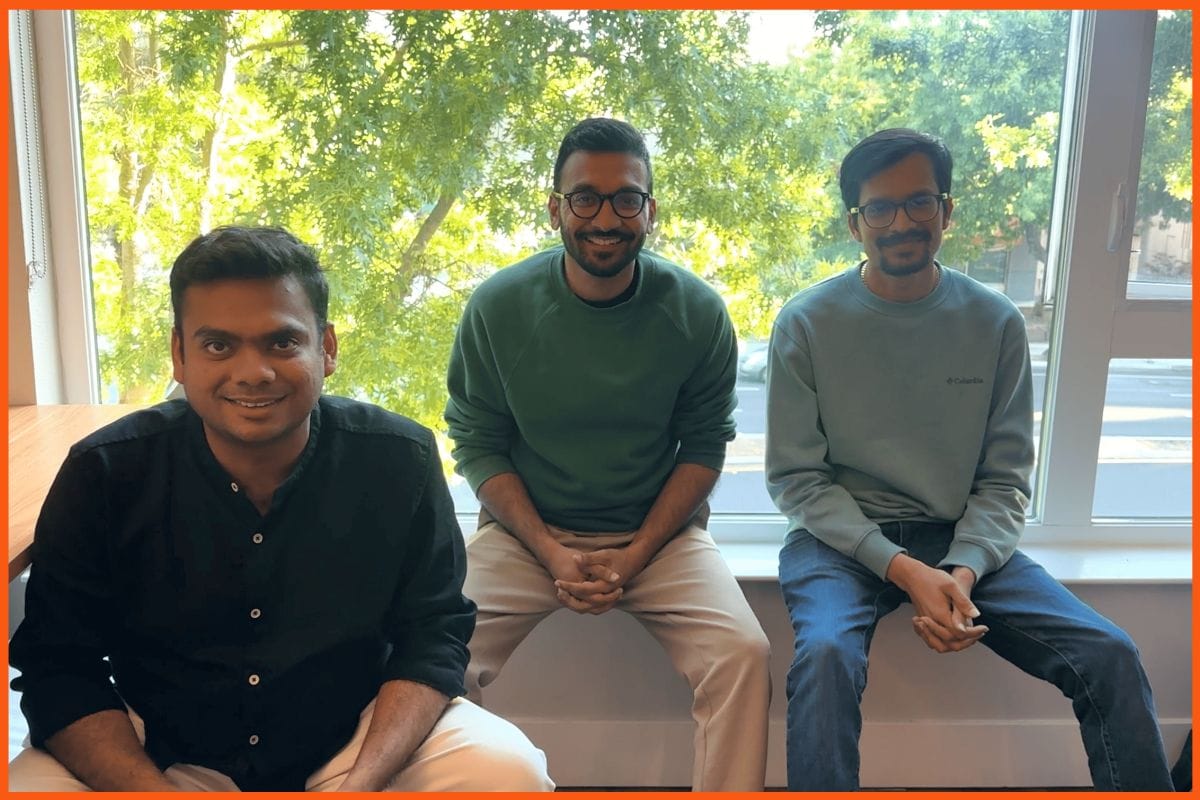PM E-drive: Government Announces Electric Vehicle Subsidy Program Worth INR 10,900 Crore

On 30 September, the centre announced the PM E-DRIVE initiative. The initiative would be implemented from October 1, 2024, to March 31, 2026, with a INR 10,900 crore investment, according to a gazette notification. It seeks to provide a charging infrastructure, expedite the adoption of electric cars (EVs), and strengthen the nation's EV production ecosystem.
The current Electric Mobility Promotion Scheme (EMPS), 2024, will also be incorporated into this plan. The notice stated, "The PM E-DRIVE Scheme subsumes the number of vehicles and the expenditure under EMPS, 2024."
Electric two- and three-wheelers, e-ambulances, e-trucks, and "other new emerging EV categories" are all eligible for subsidies from PM E-DRIVE. Additionally, funding will be provided for the development of capital assets like e-buses, the construction of a network of charging stations, and the modernisation of testing facilities designated by this programme.
State and Central Government Should Align to Boost EV Sector in India
The state governments must provide additional assistance to the central government's efforts to develop e-mobility.
The announcement said, "States need to offer a bouquet of fiscal and non-fiscal incentives," detailing potential incentives such as waivers of registration costs, parking fees, permits, concessional road tax, and toll tax.
Schemes of INR 8,070 crore have been set aside for electric vehicles. The majority, or INR 4,391 crore, goes to buses, while two-wheelers come in second at INR 1,772 crore.
Phased Manufacturing Programme (PMP)
In order to facilitate the localisation of EV components, a Phased Manufacturing Programme (PMP) has also been notified under PM E-DRIVE. Starting on December 1, 2024, EV chargers will require a minimum of 50% domestic value addition (DVA) in order to qualify for incentives under the programme.
Financial assistance for electric two-wheelers would also be cut in half starting in 2025–2026, at INR 5,000 per vehicle, according to the notification. The maximum subsidy for electric three-wheelers will be INR 25,000 per car.
The PM E-DRIVE programme aims to subsidise vehicles that are made locally, just like its predecessor, the Faster Adoption and Manufacturing of Electric Vehicles (FAME) programme. However, the previous version was tainted by cases of businesses selling mostly imported cars and fraudulently obtaining subsidies. With the new plan's strict checks, the government has tried to allay these worries.
Project Implementation and Sanctioning Committee (PISC)
The Secretary of Heavy Industries will serve as the chair of the interministerial Project Implementation and Sanctioning Committee (PISC), which will supervise the programme. The successful implementation of the programme and progress monitoring will fall under the purview of the PISC. It will also have the power to resolve any issues that arise, such as updating the incentives, adding more e-buses, and approving policies for testing agencies.
Vehicles must be equipped with cutting-edge battery technology and registered as "motor vehicles" under the Central Motor Vehicle Rules (CMVR) in order to be eligible for the PM E-DRIVE incentives.

Must have tools for startups - Recommended by StartupTalky
- Convert Visitors into Leads- SeizeLead
- Website Builder SquareSpace
- Manage your business Smoothly Google Business Suite







